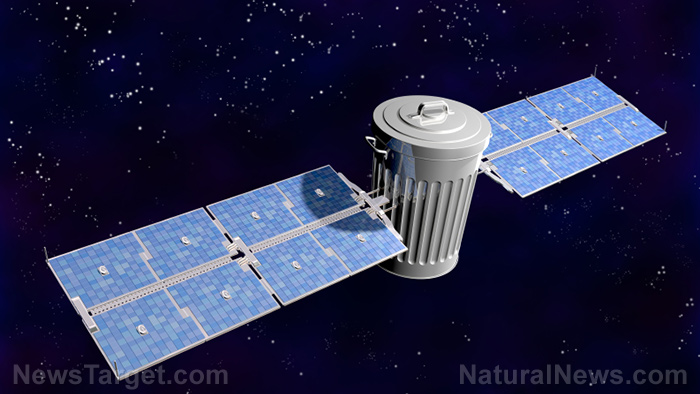Lunar meteorite hints at the moon having water, once upon a time
06/15/2018 / By Edsel Cook

A Japanese study reported that it found a mineral in a lunar meteorite that requires water in order to form. This discovery has led researchers to theorize that Earth’s satellite used to have liquid water, an article in Space.com states.
Furthermore, the researchers believe the moon may contain underground pockets of water ice. Astronauts might be able to use these water caches for drinking and spacecraft fuel.
The discovery was made by researchers from Tohoku University (Tohoku) in Japan. They were studying a lunar meteorite recovered from a northwestern African desert when they came across moganite.
Moganite is more or less a quartz with a different crystal structure. This silicon dioxide mineral can only form in certain sedimentary areas that possess alkaline water. Until recently, it has never appeared in rock samples from the moon.
Tohoku professor Masahiro Kayama theorized the moganite came from the geological “province” of Procellarum Terrane on the near side of the moon. It is his belief that water used to be present in lunar soil until solar radiation evaporated it. (Related: We’ve already begun trashing the moon: A summary of what’s been left up there.)
Lunar soil could be concealing abundant amounts of water ice
Kayama added that some lunar water might have survived deep underground, where the sunlight could not reach it. This remnant would have taken on the form of ice crystals.
“For the first time, we can prove that there is water ice in the lunar material,” he informed Space.com in an interview. “In a moganite, there is less water, because moganite forms from the evaporation of water. That’s the case on the surface of the moon. But in the subsurface, much water remains as ice, because it’s protected from the sunlight.”
Prior to this discovery, water has been found on the moon. A NASA satellite detected the compound inside a sunlight-deprived crater at the south pole. Meanwhile, an Indian space probe sniffed out water in the very thin atmosphere.
Kayama’s discovery is unique because his study provided the first evidence of water beneath the lunar surface at the moon’s middle and lower latitudes. He said that space sensors could only penetrate a few millimeters into the ground.
Based on the amount of moganite contained inside the meteorite, the Tohoku team believed water could make up as much as 0.6 percent of the lunar surface. That would translate to a maximum of 1.6 gallons of water (six liters) in every 36 cubic feet (one cubic meter) of lunar rock.
This possible abundance of water would be sufficient for the needs of future astronauts. It could even support a population of permanent lunar colonists.
In addition to its obvious use as a nourishing drink, water can be turned into rocket fuel. If there are large amounts of easily extracted water ice in non-polar regions of the moon, visiting spacecraft will not need to carry so much water aboard, which frees up space and weight for other cargo.
Moganite mineral found in lunar meteorite likely formed on the moon rock
The Tohoku researchers subjected 14 lunar meteorites to various methods of analysis. Of those rocks, only one contained moganite.
It was highly unlikely for the mineral to have formed in the meteor after it arrived on Earth. While terrestrial weather could form moganite, the amount of the silicon dioxide mineral discovered inside the space rock did not match the levels n the sandy terrain of the African desert where it was found.
JAXA is planning to send a sample collection mission to the moon in the future. Kayama hopes the Japanese space agency will be able to bring back samples from the moon.
Find out more reports about potential water on the moon at Space.news.
Sources include:
Tagged Under: astronaut, lunar meteorites, lunar rock, Moon, moon exploration, moon rock, science, Space, water on the moon




















